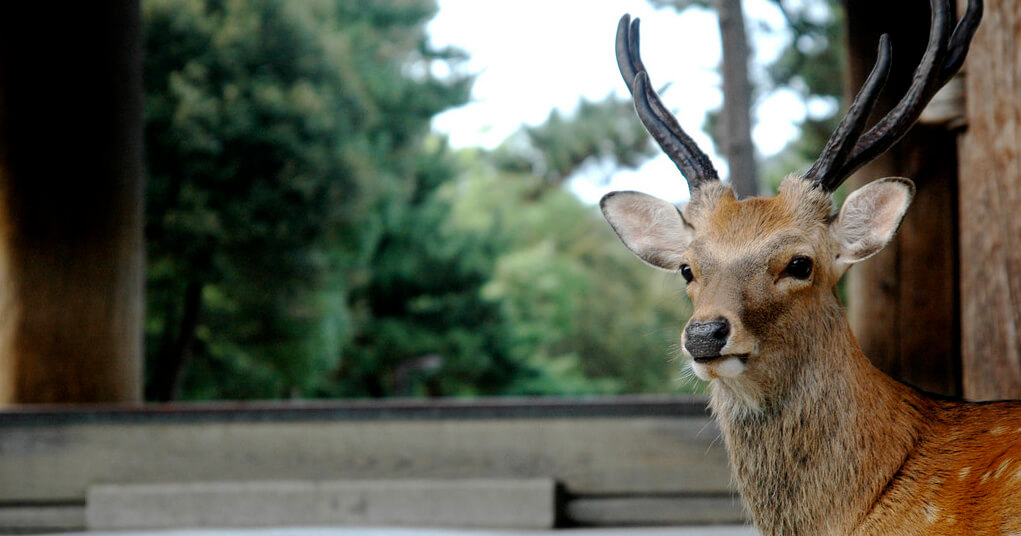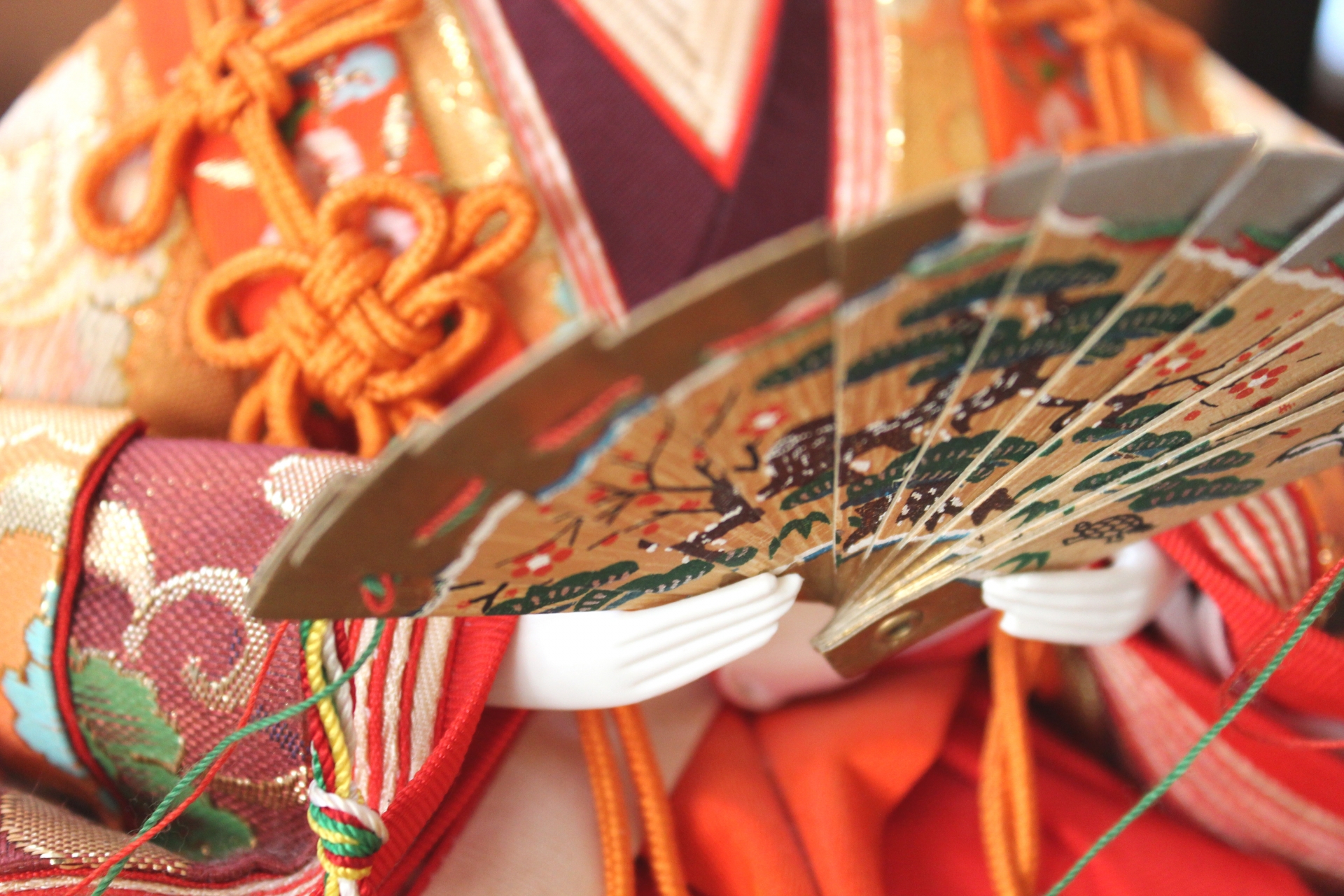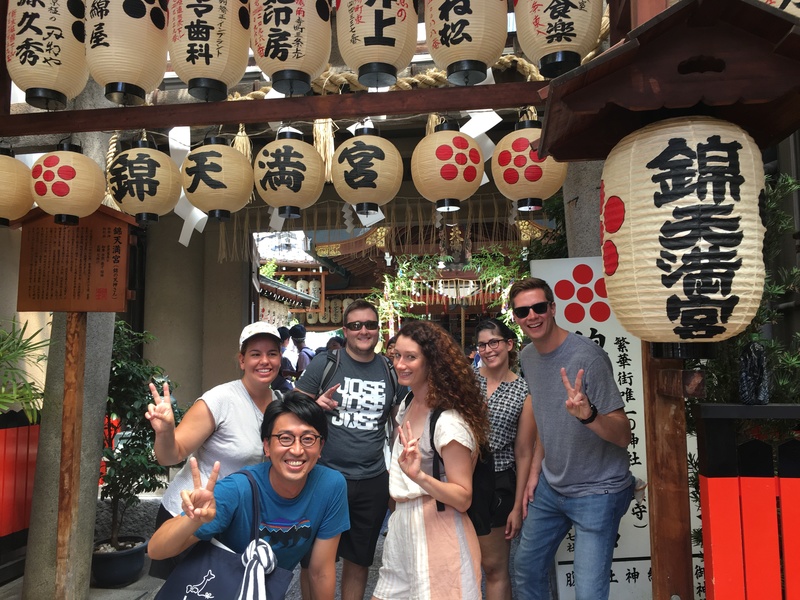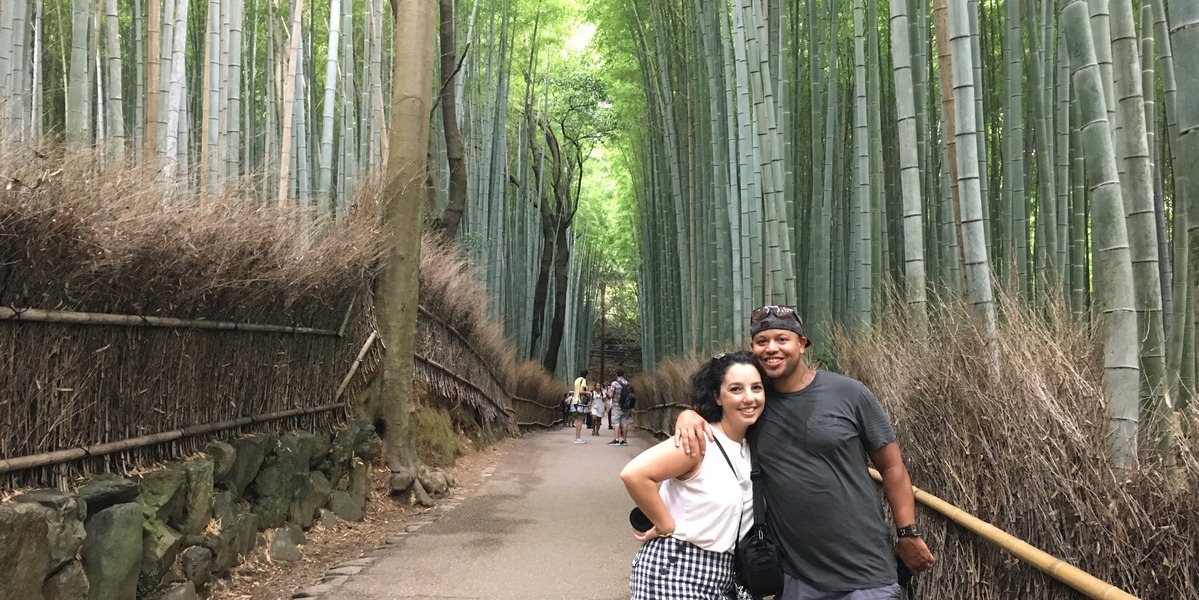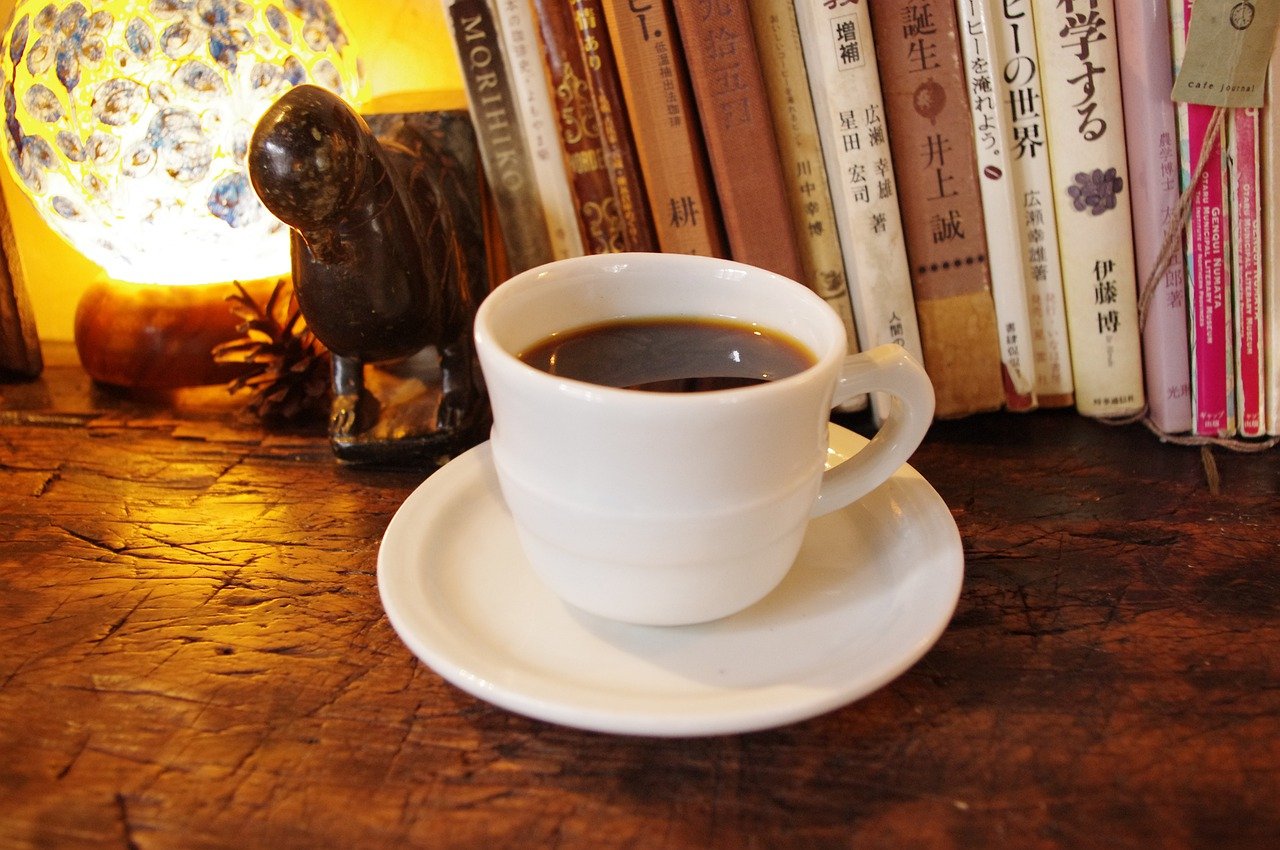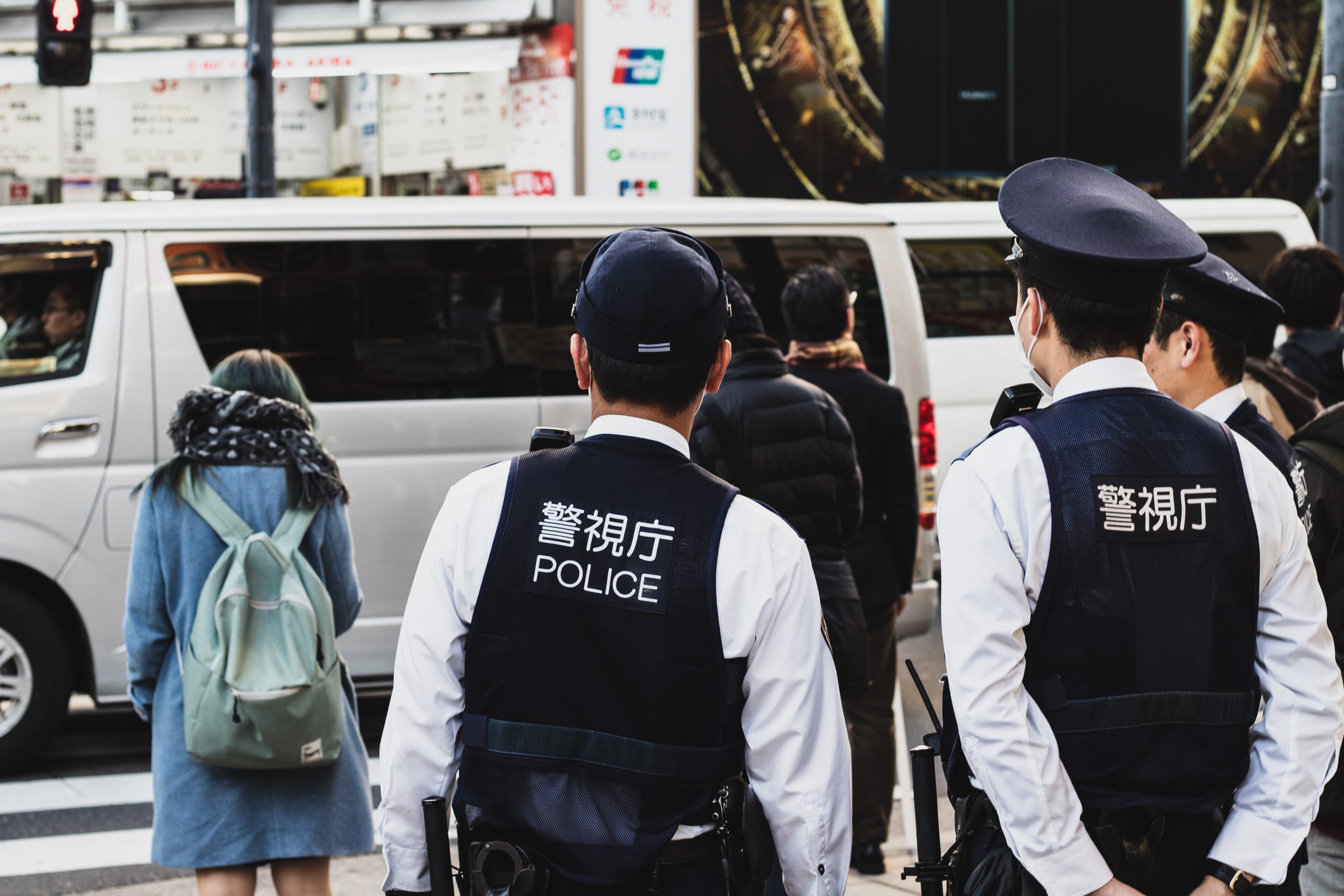Japan has a long history of over 2,000 years as an independent nation. It can be divided into several periods according to historical events or turning points. Heian period (平安時代) is among them, which started in the late 8th century and lasted for about 400 years. During that time, Samurai, a traditional Japanese warrior did not exist and imperial courts as well as powerful clans exclusively seized political powers. You may wonder what the Heian period is like, and how it differs from other periods in Japanese history. Here is a brief history of the Heian period.
What is the Heian period?
The Heian period refers to a specific era of Japanese history running from 794 to 1185. It lasted for about 400 years, and is often considered as a turning point in Japanese history. “Heian” (平安) means peace, and is named after “Heian-kyo”, an ancient capital of Japan which is currently known as Kyoto. Until 794, “Heijo-kyo” (平城京) was functioned as an official capital in Japan which used to be located in Nara prefecture.
The transfer of the capital was implemented following the order by Emperor Kanmu (桓武天皇), the 50th emperor of Japan who ruled the country from 781 to 806. One of the reasons he decided to relocate the capital is strongly associated with Buddhism which had been expanding its influence across the nation during that time. Most of the powerful Buddhist temples were nestled in Nara, which made the emperor deeply concerned about their influence on politics. At the same time, he was determined to establish a new capital, hoping to save people from deadly diseases which took away thousands of lives every year.

Politics in the Heian period
Until the establishment of Heian-kyo, the political center in Japan was Heijo-kyo, and it was run exclusively by the imperial family and powerful clans. “Fujiwara-shi” (藤原氏) is one of the most powerful families which was involved in major part of political activities from Nara through the Heian period. They practically seized the political power instead of the imperial family, and succeeded the social status down to the next generations.
They encouraged their daughters to marry emperors in order to intervene in politics as relatives. This political strategy is called “Sekkan-seiji” (摂関政治), and it enabled them to get involved in politics while expelling other clans and nobles away from their position!

Emerge of new sects and schools of Japanese Buddhism
The Heian period saw an emergence of new sects and schools of Japanese Buddhism. Although it had lost political influence compared to the previous period, new Buddhist temples were built across the nation in an attempt to spread the new types of Buddhism. “Tendai-shu” (天台宗) is a Japanese Buddhist school established by Saicho (最澄), a Japanese monk in 806. “Shingon-shu” (真言宗) is another Buddhist school founded by Kukai (空海), who travelled to china to learn esoteric Buddhism.
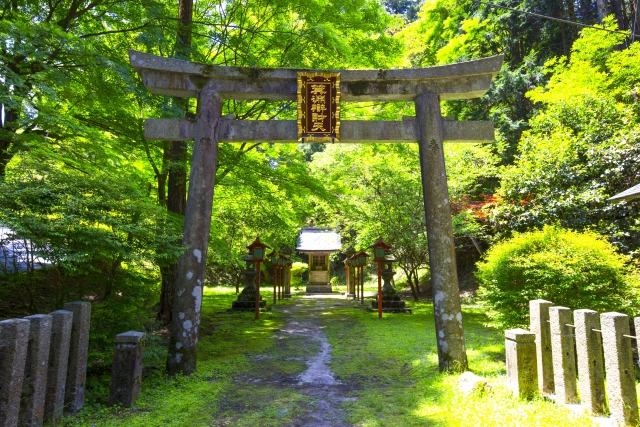
Even today, you can visit world-famous historic spots which are strongly associated with these Buddhist schools. “Hieizan Enryakuji” (比叡山延暦寺) is widely known as the head temple of Tendai sect which is peacefully nestled in Mt. Hiei in Shiga prefecture. “Koyasan Enryakuji” (高野山延暦寺) is the head temple of Shingon sect which has a history of over 1,200 years. They are both officially designated as UNESCO World Heritage Site, and can be reached from Kyoto by public transport!
Unique culture and traditions in the Heian Period
From ancient times, Japan had a strong relationship with China. In 630, they sent their first diplomatic missions called “Kentoshi” (遣唐使) to China, aiming to import their culture and political systems. In 894, however, it was officially ceased because of the unstable domestic situation in China and to prevent the risk of sailing across the sea in a small boat. It resulted in a prosperity of new culture called “Kokufu Bunka” (国風文化), which strongly features unique characteristics in Japan without any influence from outside.
Kokufu Bunka boasts a range of attractive features. Shinden-zukuri refers to a luxurious architectural style which is typical to private residences for nobles and aristocrats during the Heian period. Junihitoe is a formal court dress featuring layers of colorful kimono.

Great literature from the Heian period
It includes the invention of basic Japanese writing, Hiragana(ひらがな) and Katakana (カタカナ). It originally enabled female authors to express their thoughts easily in writing, which eventually resulted in a number of great works and literature. Murasaki-Shikibu(紫式部) is a renowned female author of “The Tale of Genji” (also known as “源氏物語”) whereas Seisho-nagon wrote one of the prominent Japanese literature, “The Pillow Book” (also known as”枕草子”).
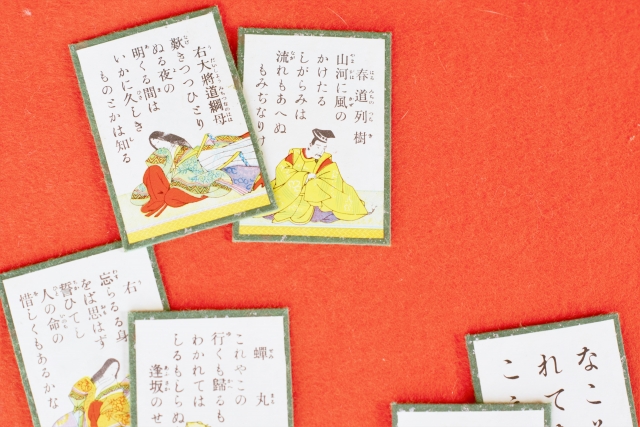
Where to visit to experience the Heian period in Japan
If you want to visit somewhere to experience the Heian period in Japan, Kyoto is definitely the perfect place to explore! This beautiful city welcomes you with numerous historical spots back in the Heian period as well as stunning sceneries in nature. In addition, it is only a 45min train ride to reach Nara, another historic city featuring famous spots back in Nara period (710-794). Exploring both of them will allow you to compare the differences between the two distinctive periods and feel the transfer of culture and history directly!
Here is our favorite guided tour which takes you to world-famous tourist spots in Kyoto.
▶Kyoto 4 hour Highlight Private Walking Tour
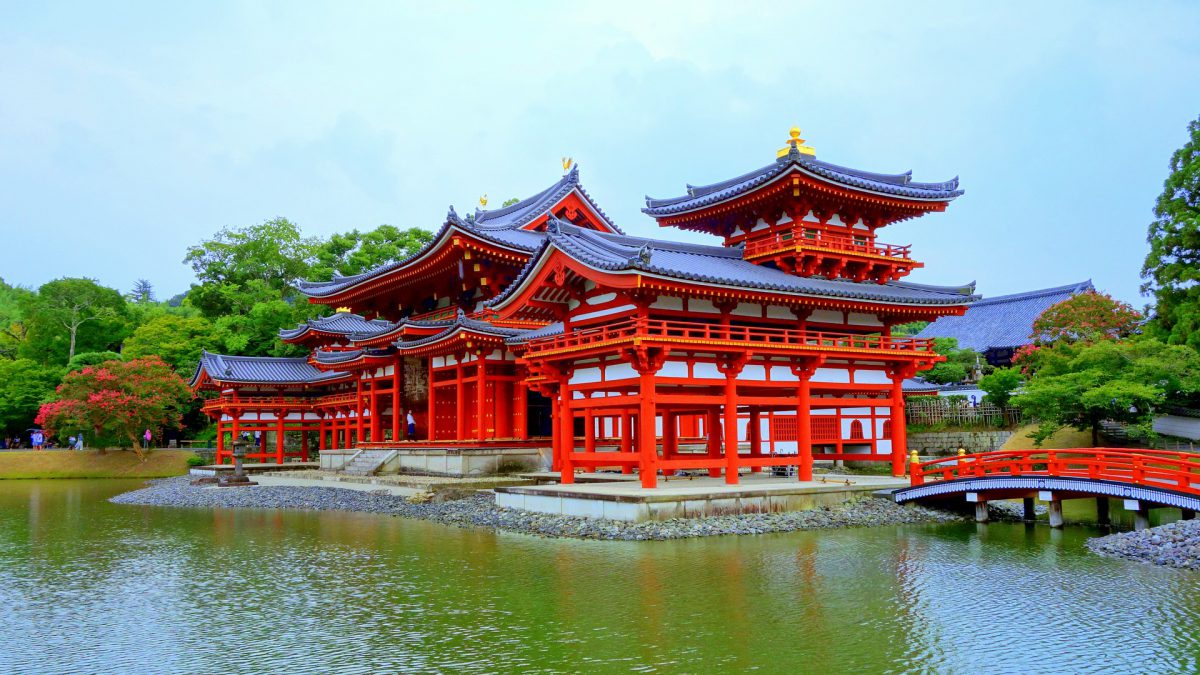
Japan Wonder Travel Tours
Japan Wonder Travel is a travel agency offering guided tours in Japan.
From private walking tours to delicious Food and Drink tours, we will organize the best tours for you! If you want to explore around Japan to learn more histories and backstories of the area, our knowledgeable and friendly guide will happily take you to the best spots!
Also, we can provide you with any assistance for your upcoming trip in Japan, so please feel free to contact us if you have any questions/need some help!
As we mentioned in the beginning, the Heian Period is generally regarded as a turning point in Japanese history. It is not difficult to understand, considering all the changes and transitions that occurred in various aspects, including politics, religion and culture. Although the period is not well recognized widely among foreign people compared to other famous periods, such as the Edo period, when Samurai starts to gain more power and dominate the country, it is definitely worth learning the basic knowledge before you visit historical spots associated with the Heian period.
Follow us on Instagram, Facebook and Twitter for more travel inspiration. Or tag us to get featured!
Happy travelling!
Stay informed of the best travel tips to Japan, the most exciting things to do and see, and the top experiences to have with the Japan Wonder Travel Newsletter. Every week we will introduce you to our latest content.
Other articles you might like


